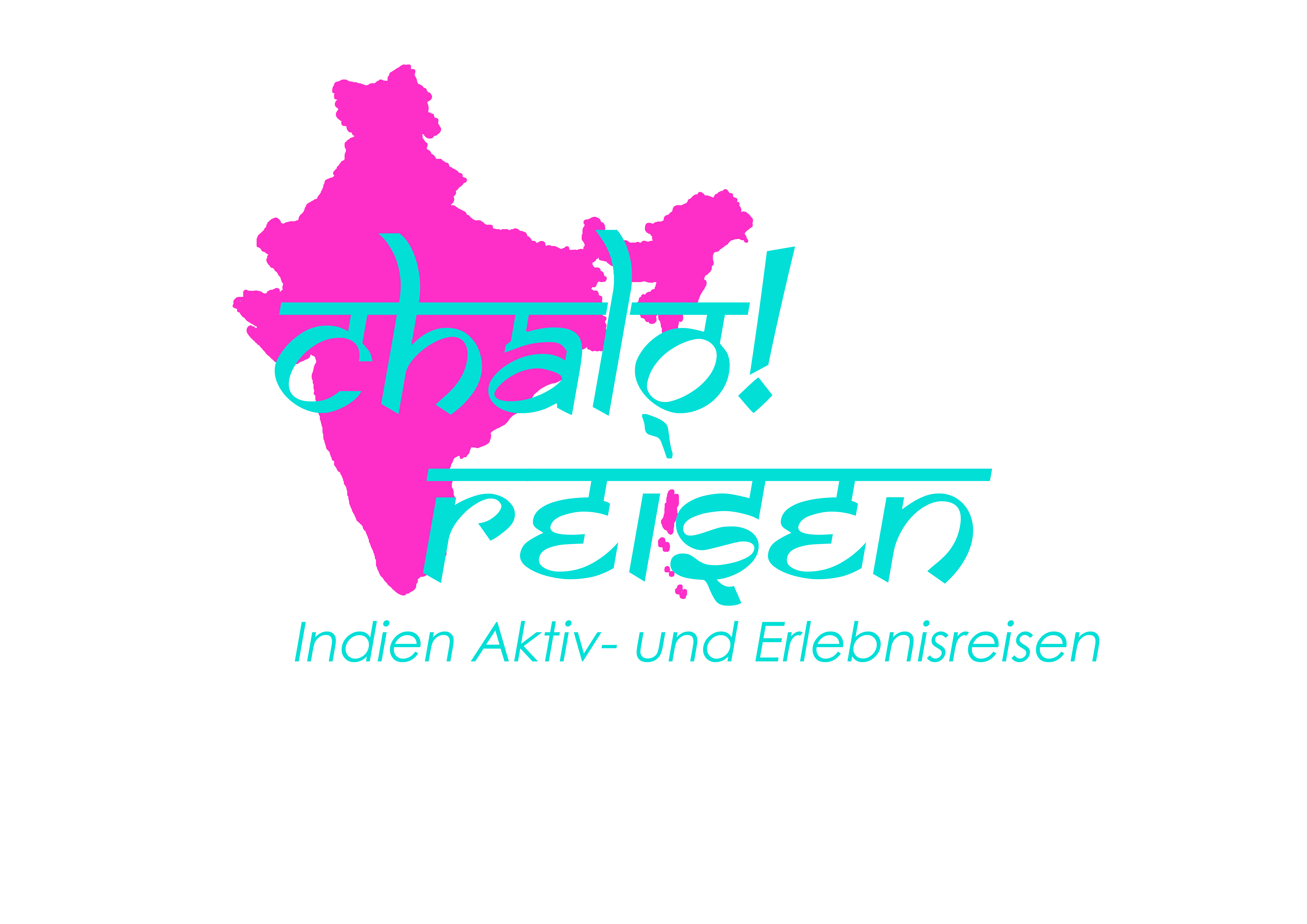Mahatma Gandhi, whose full name was Mohandas Karamchand Gandhi, is one of the most respected figures in Indian and world history. Born on October 2, 1869, in Porbandar, Gujarat. Gandhi dedicated his life to fighting injustice and promoting peace, nonviolence, and truth. His unique approach to political and social change not only helped India achieve independence from British rule but also inspired movements for civil rights and freedom across the world.
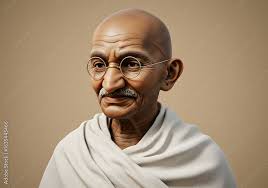
Early Life and Education
Gandhi was born into a middle-class Hindu family. His father, Karamchand Gandhi, was a local government official, and his mother, Putlibai, was deeply religious. He completed his primary education in Porbandar and later moved to Rajkot for further studies. After that, at the age of 13, he married Kasturba Gandhi, arranged by their families, as was the custom at the time. In 1888, Gandhi traveled to London to study law, where he became a barrister. After becoming a barrister, he returned to India and started his practice in Mumbai. However, he didn’t find much success there and returned to Rajkot to continue his practice. After some time, he moved to South Africa for a job, which proved to be a significant turning point in his life.
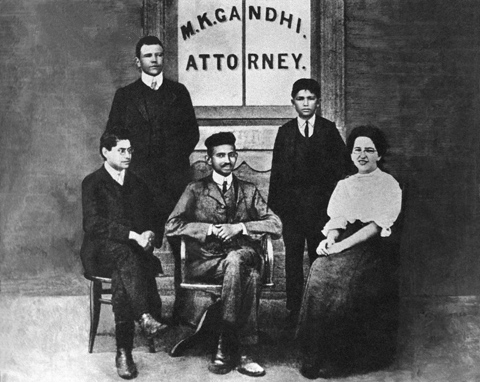
The South African Experience
Gandhi’s time in South Africa was a turning point in his life. Gandhi faced racial discrimination in South Africa. Once, he was thrown out of a train despite having a first-class ticket. After this incident, he raised his voice against injustice and demanded justice for all Indians. This was Gandhi’s first fight for the Indians living there.
He developed a way of protesting called Satyagraha, which means standing up for truth without violence. He led many campaigns against racism, and people all over the world started noticing him.
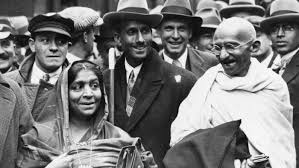
Return to India and the Freedom Movement
After that, Gandhi returned to India in 1915 and joined the Indian National Congress. At that time, India was under British rule. He adopted the same non-violent methods he had used in South Africa against the British and demanded independence. After that, from 1920 to 1922, Gandhi led a movement where people were encouraged to refuse to use things brought by the British and to promote Indian-made goods. A famous incident during this movement was the Chauri Chaura incident, where a police station was set on fire and British goods and clothes were burned. This movement is known in Indian history as the Non-Cooperation Movement.
The Dandi March, also known as the Salt March, was a pivotal event in India’s struggle for independence led by Mahatma Gandhi in 1930. He marched 312 miles to the Arabian Sea, calling for the tax to be abolished, and was joined by many Indian leaders along the way.
In 1942, Gandhi launched the Quit India Movement, which became the most significant movement in Indian history and for Gandhi himself. In this movement, the British were asked to leave India, and all people and leaders supported Gandhi. The entire nation united, chanting ‘Quit India’ slogans. This movement proved to be a milestone in Indian history, ultimately forcing the British to leave India. It was Gandhi’s most significant movement that freed India from British rule.
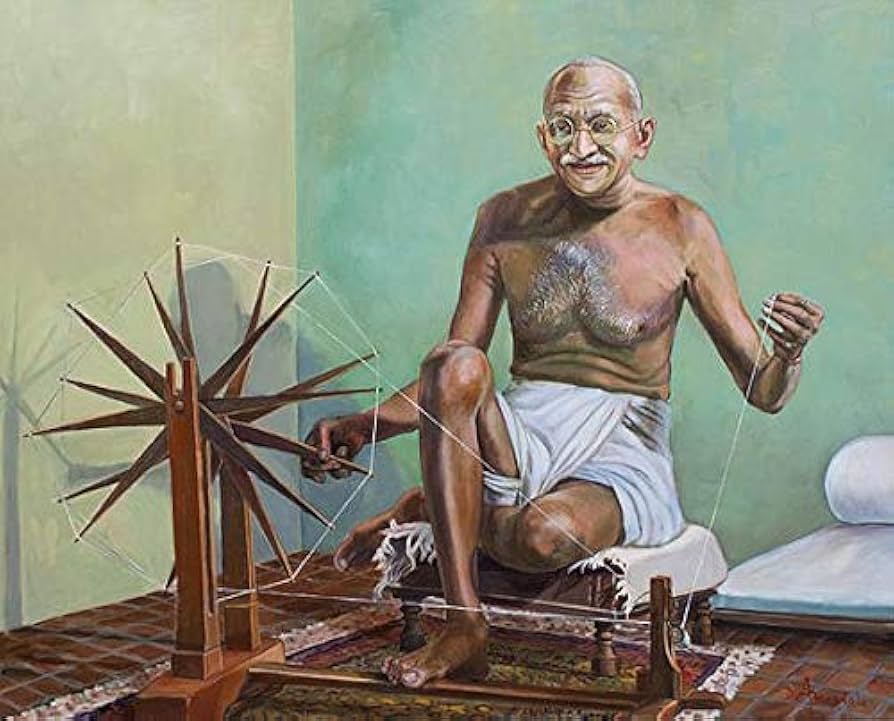
Beliefs and Philosophy
Gandhi’s core beliefs were based on nonviolence (Ahimsa), truth (Satya), self-discipline, and self-reliance. He lived a simple life, wore hand-spun khadi cloth, and promoted rural self-sufficiency. He believed that true freedom could not be achieved without social and moral reform.
He was also a strong advocate for Hindu-Muslim unity, women’s rights, and the upliftment of the untouchables, whom he called “Harijans” (children of God).
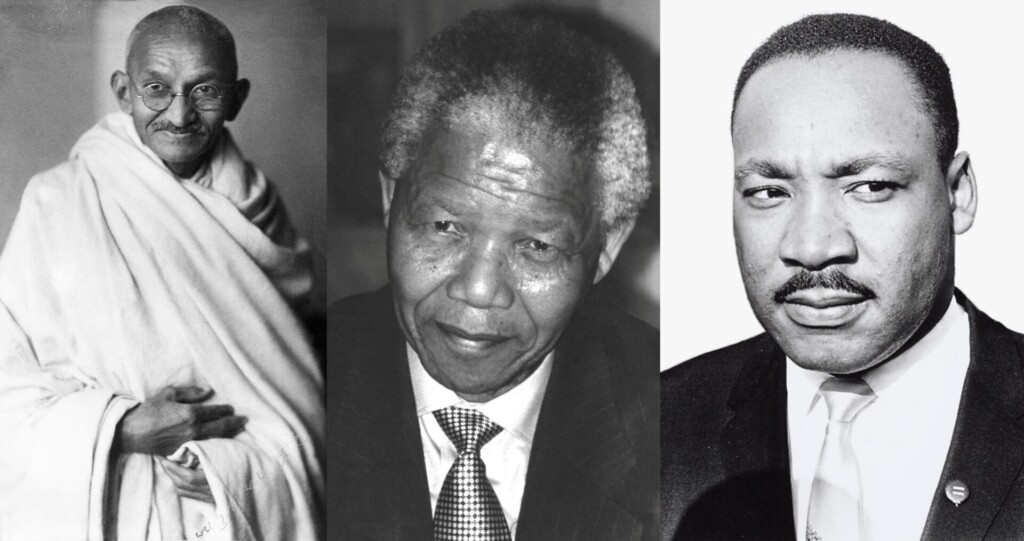
Death and Legacy
On January 30, 1948, just months after India gained independence, Mahatma Gandhi was assassinated in New Delhi by Nathuram Godse, a Hindu extremist who opposed Gandhi’s views on religious tolerance.
Gandhi’s death was a tragic loss to the nation and the world. However, his message continues to resonate. Leaders like Martin Luther King Jr., Nelson Mandela, and Barack Obama have cited Gandhi as a source of inspiration.
Today, Gandhi is remembered not just as the Father of the Indian Nation, but as a global symbol of peace and nonviolent resistance.
Conclusion
Mahatma Gandhi’s life was a powerful example of how one individual, through truth and nonviolence, can change the course of history. His legacy endures in the hearts of millions who continue to fight for justice, equality, and peace worldwide.

